Advanced Search
Bridges built at strategic ferry crossings spanned the Schuylkill in the early- to mid-19th century, making West Philadelphia a thriving conduit for trade between the city and its western hinterland area and spurring the economic and residential development of Blockley Township.
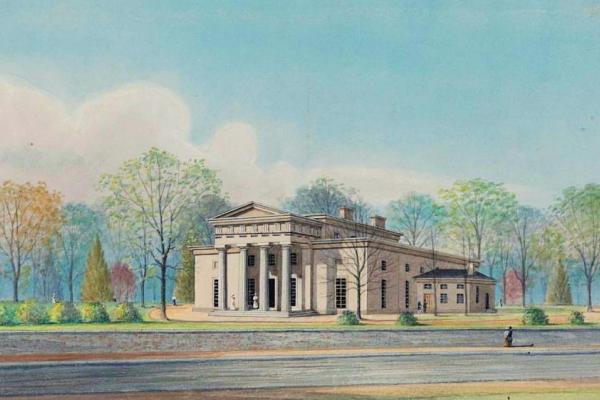
The 18th century saw the departure of the Lenape and the permanent European settlement of West Philadelphia, at the time called Blockley Township. Large estates were a characteristic development that gave rise to the villages of Hamiltonville and Powelton.
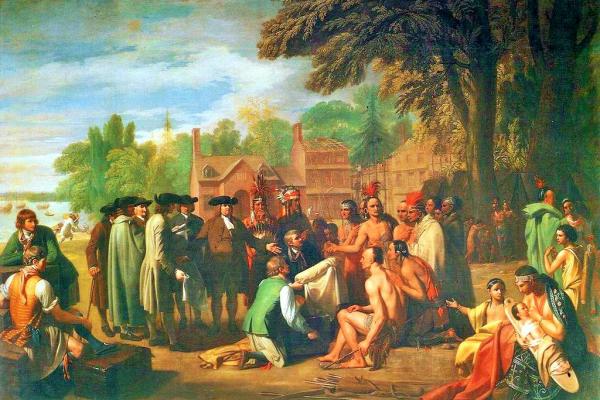
The indigenous people who inhabited the land that became Philadelphia were the Lenape (also Lenni Lenape; their English moniker was “Delaware”); they were displaced by Quakers and other religious minorities that settled the Commonwealth of Pennsylvania in the late 17th and 18th centuries.
In the first half of the 20th century, German-Americans, Jewish immigrants of Russian descent, and African Americans of the Great Migration resided in this neighborhood. Around 1900, housing designed in Victorian motifs arose opposite the green spaces of the Centennial Exposition along Parkside (formerly Elm) Avenue, where they remain today in varying degrees of decline and renewal.
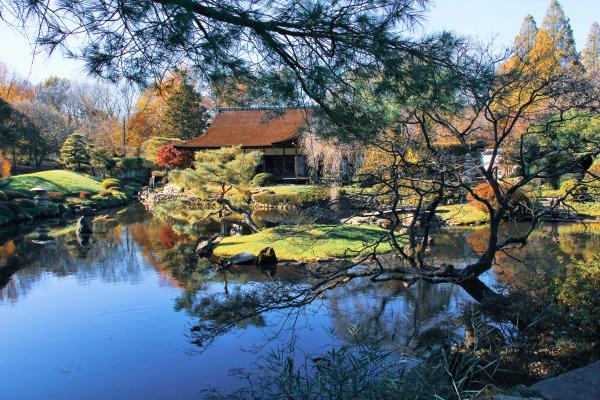
The past is present in the form of a 21st century cultural landscape that preserves elements of the 1876 Centennial Exposition.

The Centennial Exposition marked a limited advance in women’s rights. The Exposition’s leaders and the fair’s exhibits perpetuated prevalent cultural stereotypes of blacks and Native Americans.

In 1876 national and international attention focused on West Philadelphia when West Fairmount Park hosted the Centennial Exposition. The Exposition, which celebrated the 100th anniversary of the Declaration of Independence, was also the first world’s fair held in the United States.

The Centennial Exposition of 1876, a world's fair of epic proportions constructed in West Fairmount Park, attracted almost 10 million visitors in the six months of its operation. The imprint of that event is still to be seen in parts of the park.
Historic trends in migration, immigration, housing, employment, education, income, and health are shown in maps and graphs drawn from the U.S. Census and other government documents.
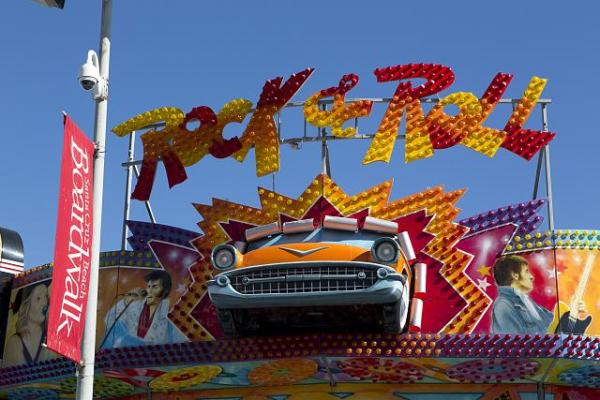
The reality behind the scenes of American Bandstand was quite different than what viewers saw on national television.
Black music and black dances originating in Philadelphia neighborhoods contributed substantially to the success of American Bandstand; yet American Bandstand’s dancefloor and bleachers were racially segregated, and some of the show’s most popular dances were adapted without attribution from black neighborhoods.
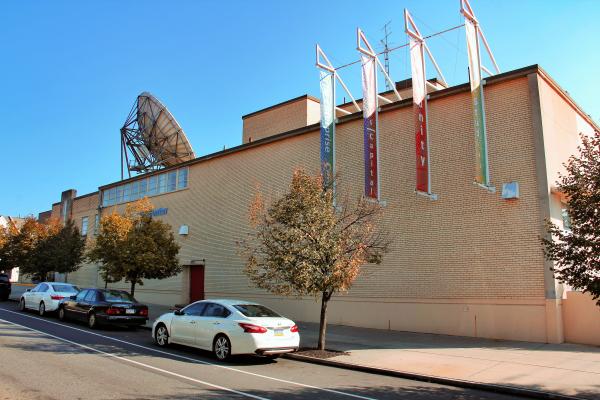
“Squeaky clean” commercial pitchman and deejay Dick Clark inherited Bob Horn’s locally broadcast Bandstand in July 1956 and revamped it for a national audience of teenage consumers as ABC’s American Bandstand, which first aired in August 1957.